Submitted by WA Contents
AMO/OMA opens exhibition, Countryside: A Place to Live, Not to Leave, in Doha
Qatar Architecture News - Nov 19, 2025 - 07:53 506 views

In collaboration with the Qatar Fund for Development (QFFD), Ministry of Environment and Climate Change (MoECC), Hassad Food, and Kahramaa, Qatar Museums has opened a new exhibition by AMO/OMA at the National Museum of Qatar and the Qatar Preparatory School.
Titled Countryside: A Place to Live, Not to Leave, this new version of Countryside, The Future, which was created for the Guggenheim Museum in New York in 2020, centers on "the Arc," a huge region that connects the majority of the world's population and stretches from South Africa through East Africa, via Qatar and Central Asia, to Eastern China.
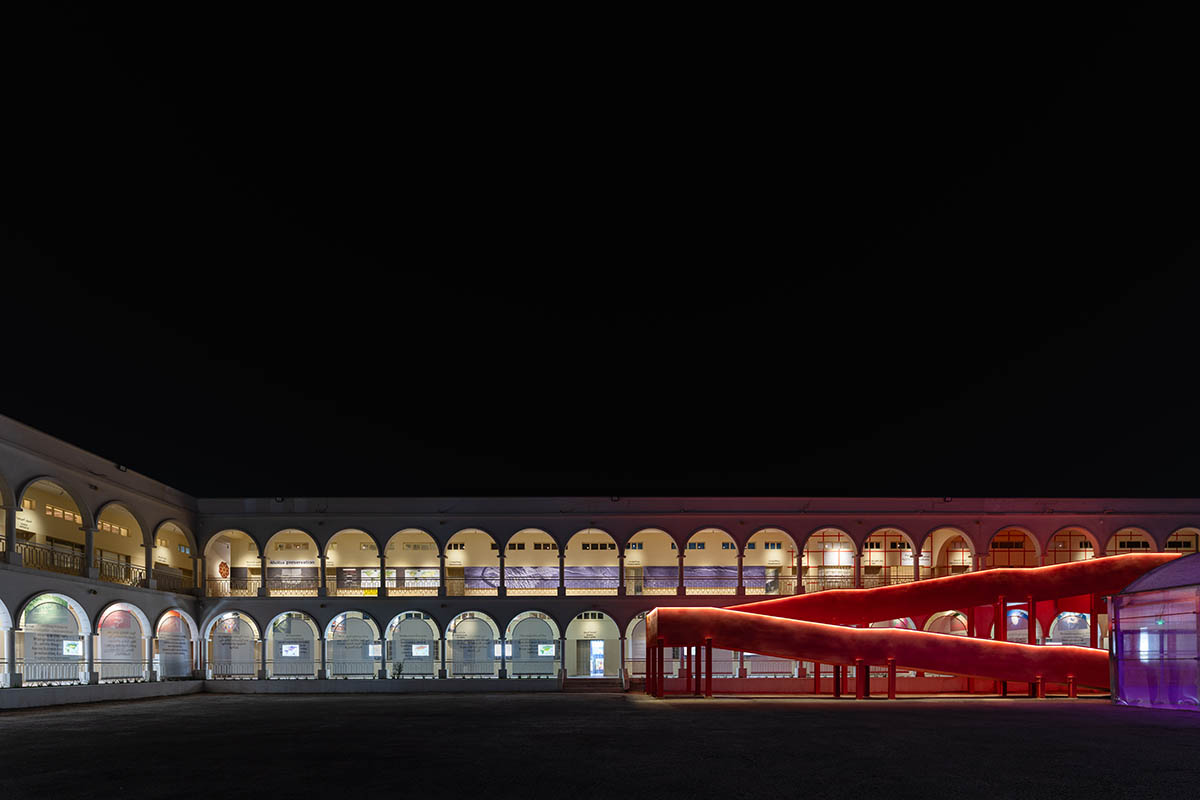
The Arc's mostly hilly terrain has long prevented widespread development, allowing long-standing customs to endure. Today, the region is rapidly modernizing due to innovative approaches to energy and agriculture, internet connectivity, and technological innovation.
These changes are creating new models for living on the planet in more sustainable ways, establishing the countryside as a viable, developing alternative to city life.

The National Museum of Qatar and the Qatar Preparatory School are the two venues where the show is held. An installation at the museum provides an overview of the content and activities created at the school as well as an introduction to the exhibition's primary research areas.
The school's presentation serves as a dynamic learning environment, converting classrooms into areas for investigation, debate, and creation. It functions as an ongoing process that is organized through lectures, seminars, and group experiments involving students, instructors, and invited participants.
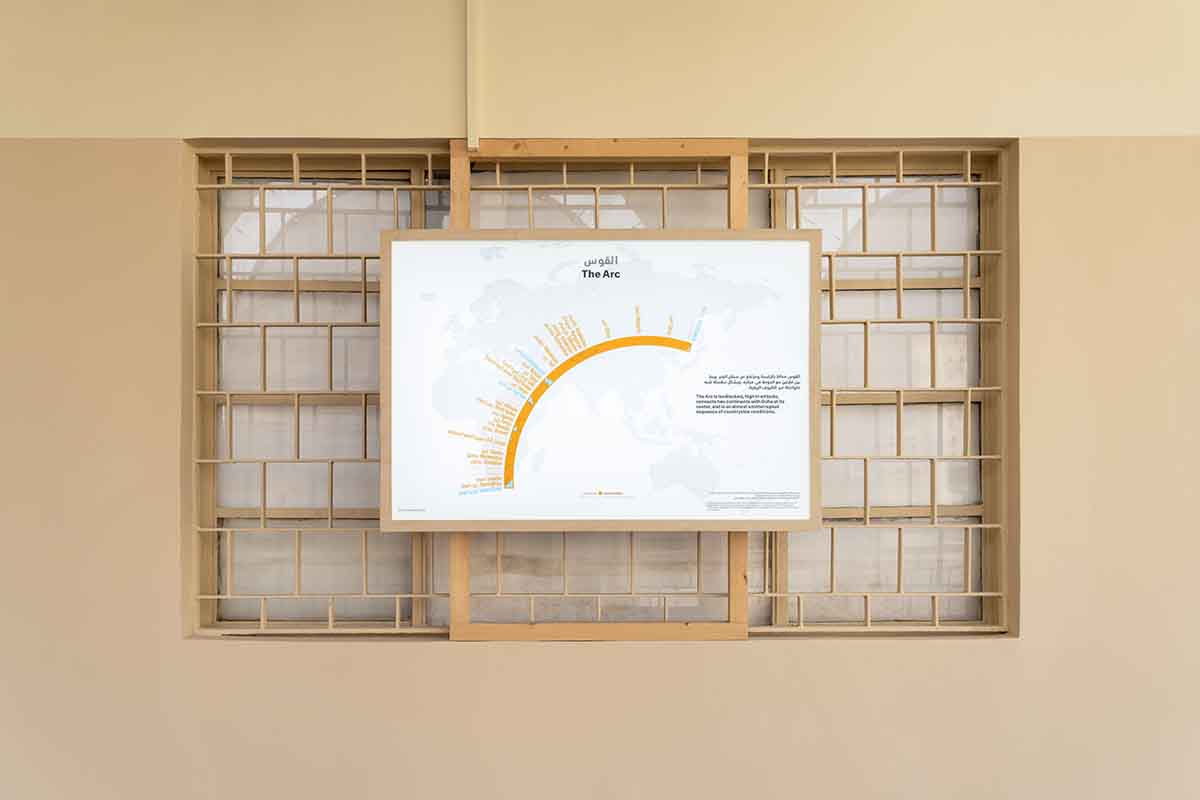
The school grounds are utilized as a test site for sustainable food production and desert cultivation, where cutting-edge greenhouse design, hydroponics, and irrigation technologies are implemented and monitored.
The content created on site is put together over the course of the exhibition to create a living document that will be released as a manifesto at the project's conclusion.
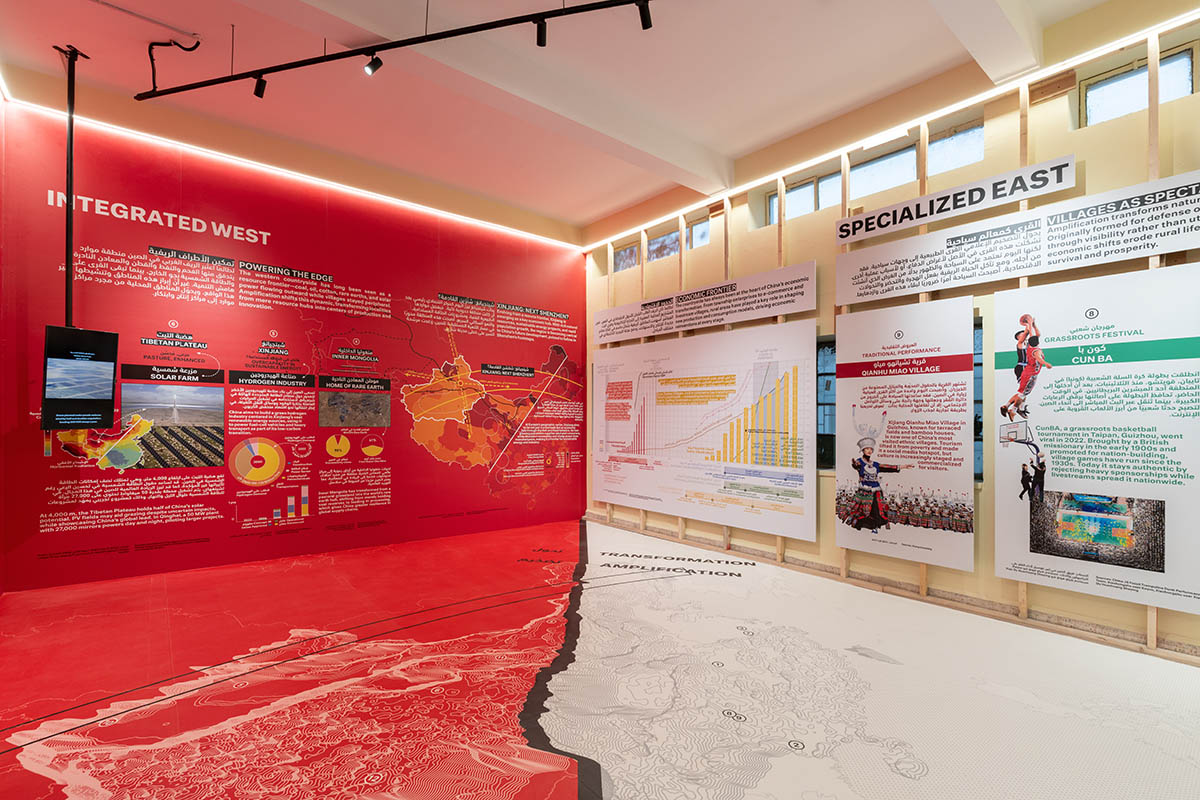
"In the first version of Countryside, presented at the Guggenheim New York in 2020, we picked a number of sites all over the world, where the countryside was going through drastic changes and acute upheavals. Together, these zooms presented a global overview of crisis and potential that was unfolding outside our cities and therefore went largely unnoticed," said Rem Koolhaas and Samir Bantal.
"In this second iteration of Countryside, we present “the Arc,” a contiguous band of “Countryside” that runs from South Africa through East Africa, via Qatar, Central Asia, all the way to Eastern China."
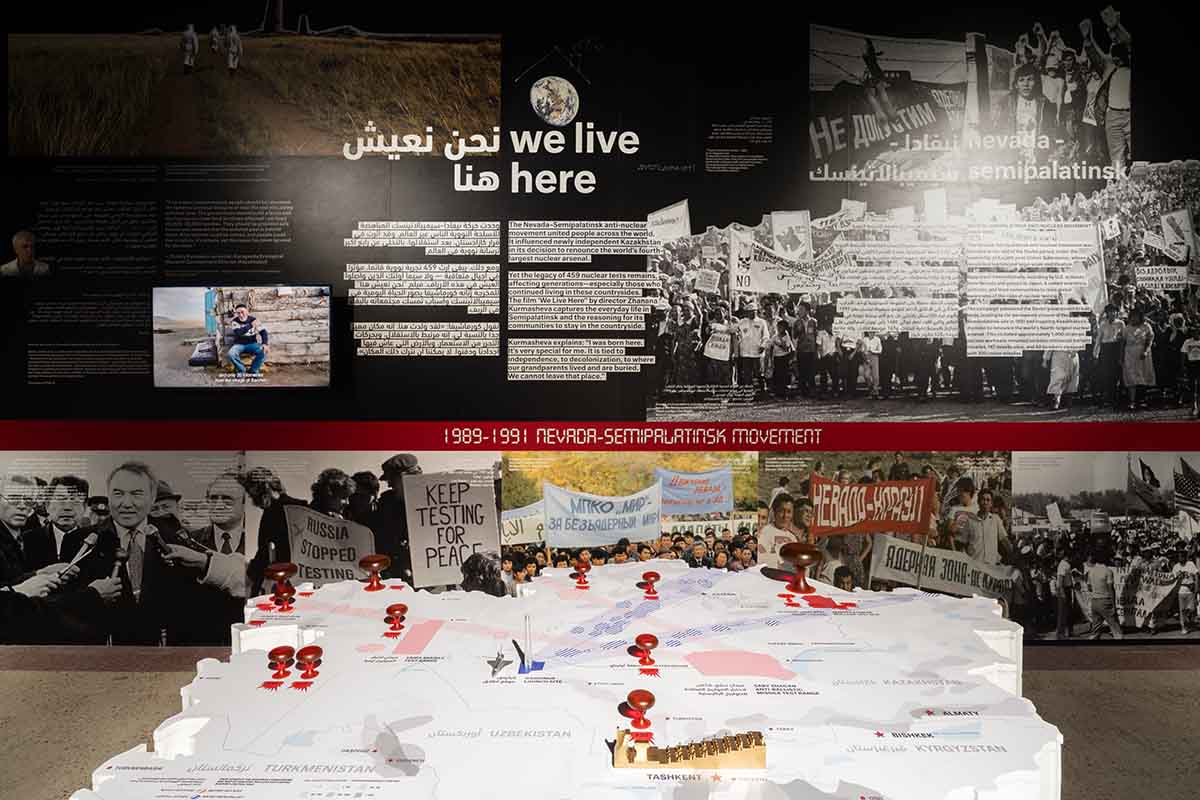
"It is an arc of landlocked rural areas, still inhabited largely in traditional ways, both in Africa and Central Asia, and where only the Middle East is undergoing rapid modernization."
"Today, Africa, the Middle East, and Central Asia are home to 85 percent of the world’s population. By 2100, these regions will still account for more than 80 percent of humanity. By then, Africa will have become the most populous continent, surpassing Asia. Qatar and its neighboring region sit at the geographic and eco- nomic crossroads of this demographic transformation," Koolhaas and Bantal explained.

"We traced this arc because it encompasses both traditional and modern forms of living. Rather than a chain of crises, it represents an arc of potential, in which we can consider how much might change and what tra- ditions should be maintained. Most of the Arc is mountainous; the landscape itself resists a wholesale mod- ernization, though its breathtaking beauty faces mounting pressure," they continued.
"The smartphone has had a colossal impact on the Arc, connecting the most isolated cultures, questioning the need to leave the countryside for the city. The handheld internet introduces limitless flows of infor- mation, fashion, news, and politics, enabling entirely new economies."
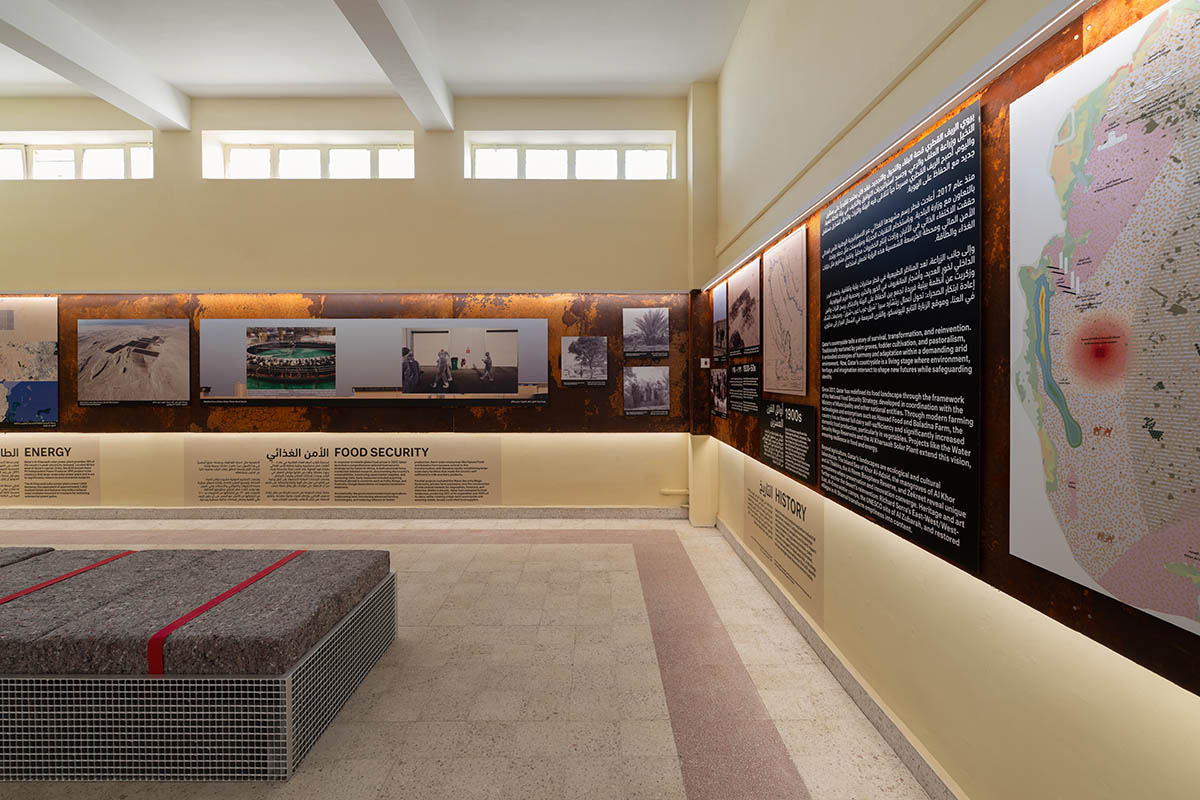
"Large parts of the arc in Africa were colonized until the 1960s, and in Central Asia until the early 1990s. Colonization has left disruptive legacies of apartheid, and in Asia, large scale agriculture-related technologi- cal and nuclear experiments that are currently being rethought and remediated. In many cases these ex- periments partly continue. What is heritage then in post-colonial conditions?," Koolhaas and Bantal added.

"The Arc is replete with new typologies, such as coding schools in barns aiming to train the next generation of ruralists in the digital languages of the future, while maintaining ancient traditions like shepherding," they explained. "These typologies introduce new relevancies and offers new prototypes for inhabiting the earth in sustaina- ble ways," they added.
"As cities become more and more congested and expensive, maybe a pivotal moment has come: we can conceive a future that reverses the universal movement to the city that has robbed the countryside of its inhabitants. This exhibition examines “new” ways to inhabit the countryside, which together show that the city is not the only model for pursuing a rich and fulfilling life," Koolhaas and Bantal concluded.


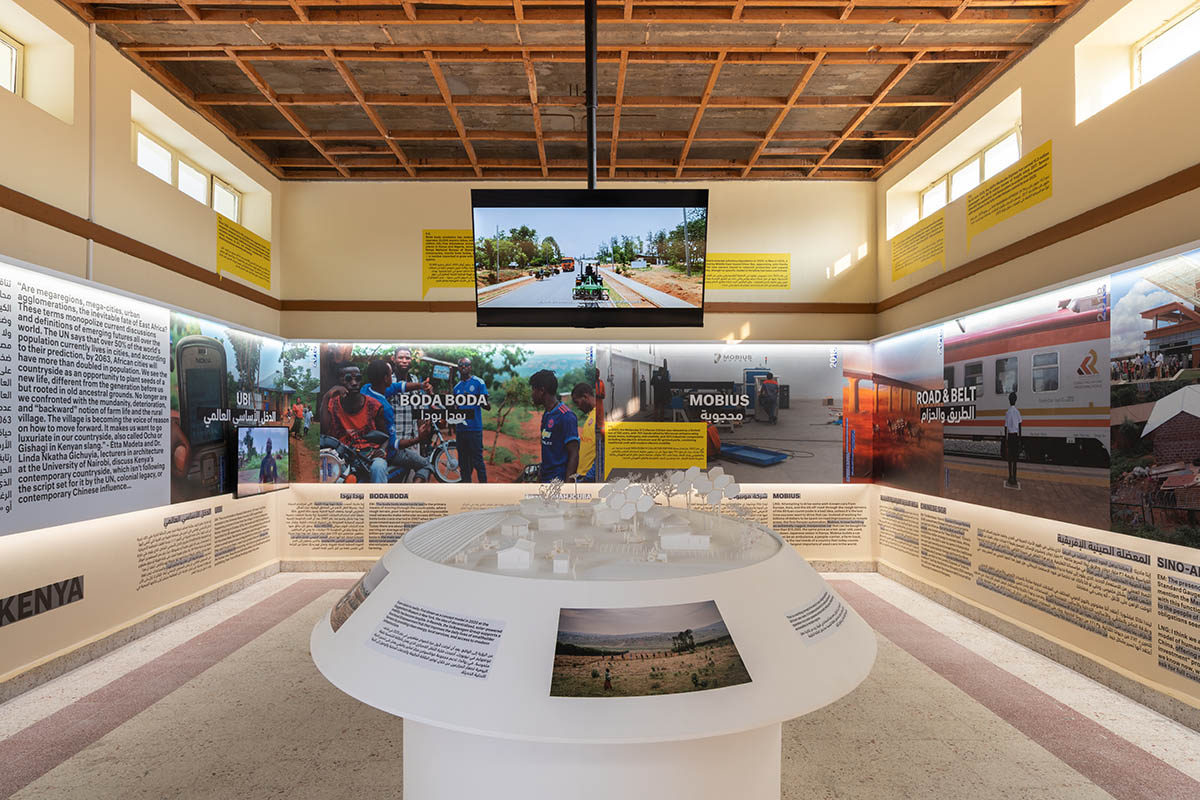



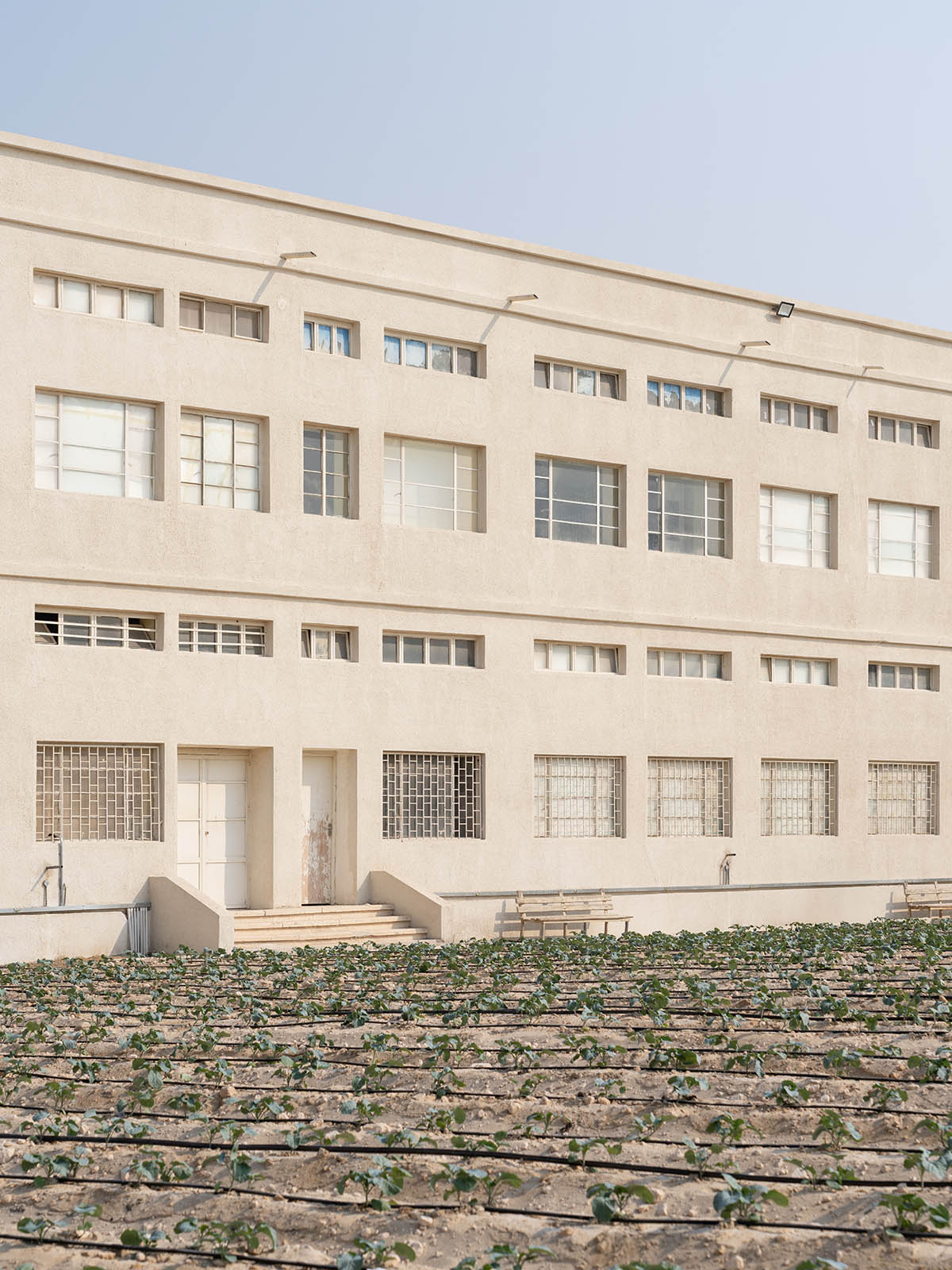
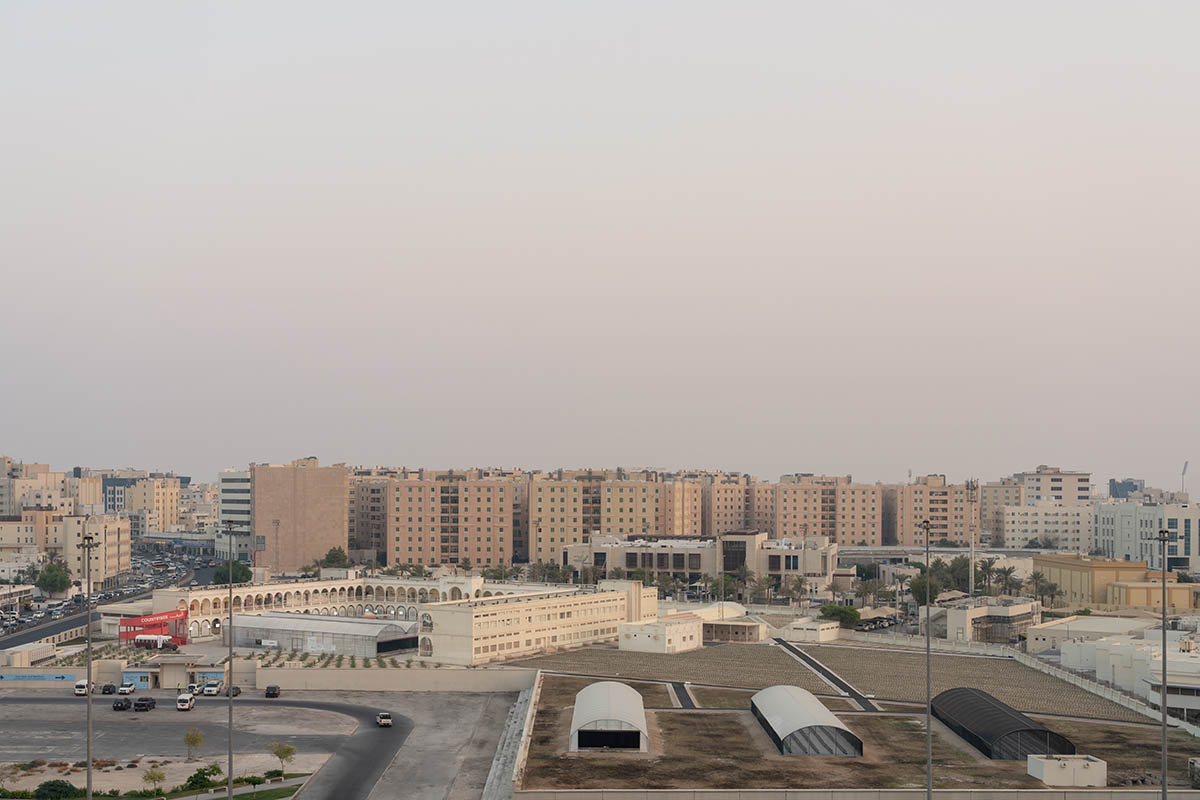
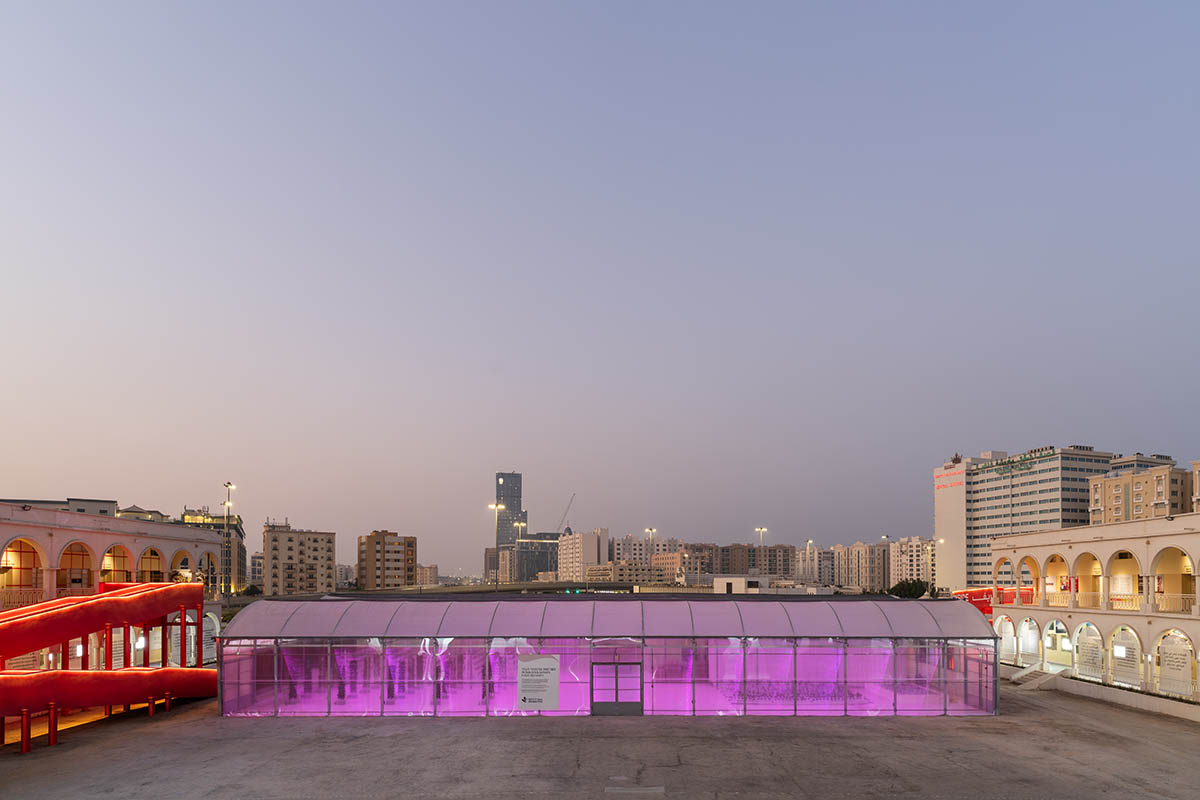
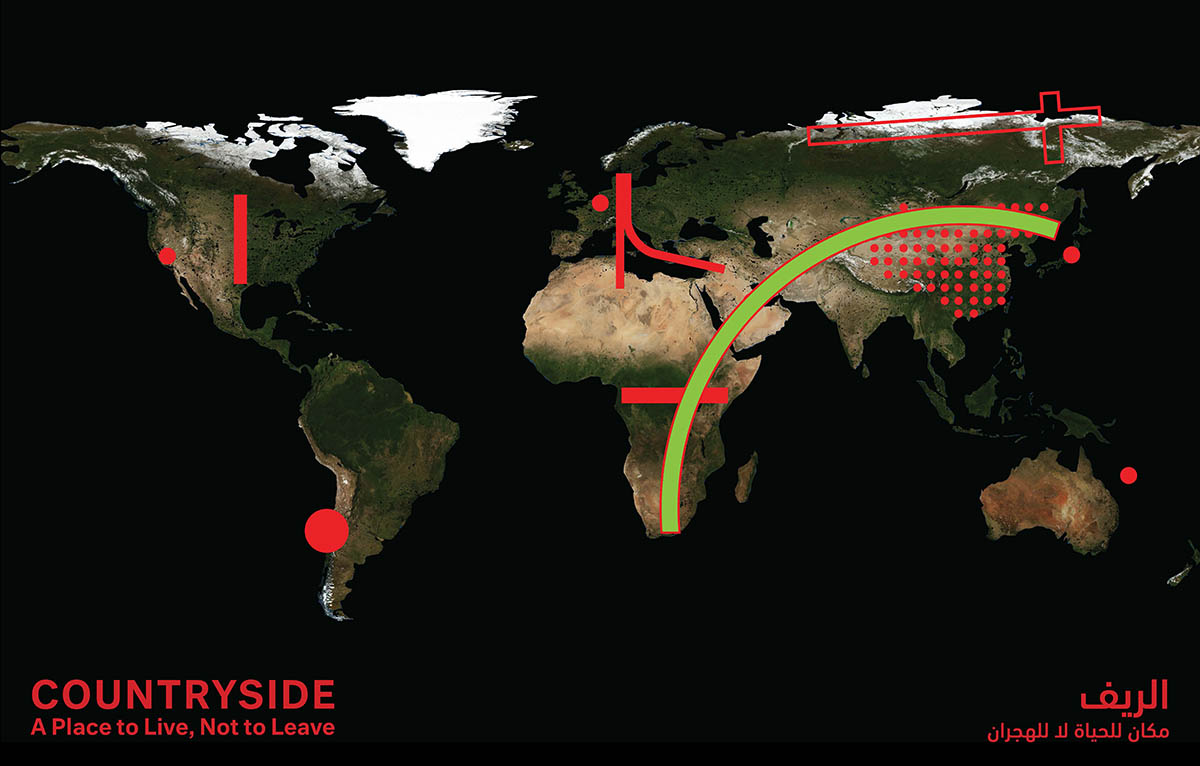
The Arc. Image © AMO/OMA
AMO, the think-tank of OMA, also opened an exhibition at the Qatar Pavilion for the World Expo 2025 Osaka-Kansai. The exhibition, From the Coastline, We Progress, explored the nation's identity as it is shaped by its coastlines and presents an experience narrative where nature, culture, and economic transformation converge.
Countryside: A Place to Live, Not to Leave will be on view until 30 June 2026. The project was led by Samir Bantal and Rem Koolhaas with Yotam Ben Hur.
Exhibition facts
Exhibition name: Countryside: A Place to Live, Not to Leave
Client: Qatar Museums
Location: Qatar Preparatory School and Qatar National Museum, Doha
Year: 2025
Status: Completed
Program: Exhibition, Research
Director: Samir Bantal, Rem Koolhaas
Project Architect: Yotam Ben Hur
Team: Stephanie Achkar, Zivar Aliyeva, Sebastian Bernardy, Jorge Cerdo Schumann, Thomas Hellier, Sean Li, Vicente Mateus, Konstantinos Papasimakis, Rita Varjabedian, Owen Wang, Louisa Weeren, Ale- ksandr Zinovev, Marina Zuquim, Daria Zvereva.
All photography © Marco Cappelletti Studio, courtesy AMO/OMA.
> via OMA
